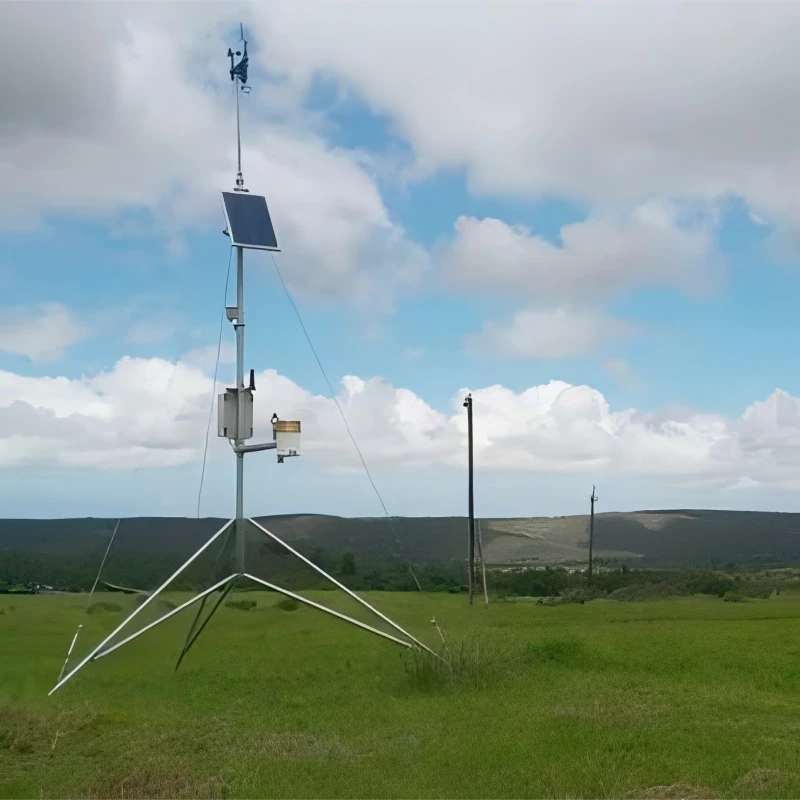
# Weather Measuring Instruments: Essential Tools for Accurate Forecasting
Weather forecasting has come a long way from relying solely on observations of the sky and wind patterns. Today, meteorologists use a variety of advanced weather measuring instruments to gather precise data, enabling them to predict weather conditions with remarkable accuracy. These tools are indispensable for understanding atmospheric changes and providing timely warnings for severe weather events.
## Thermometers: Measuring Temperature
One of the most fundamental weather measuring instruments is the thermometer. It measures air temperature, which is crucial for understanding daily weather patterns and long-term climate trends. Modern thermometers, such as digital and infrared models, provide highly accurate readings and are often integrated into larger weather stations.
## Barometers: Tracking Atmospheric Pressure
Barometers are essential for measuring atmospheric pressure, a key indicator of upcoming weather changes. A sudden drop in pressure often signals an approaching storm, while rising pressure typically indicates fair weather. Aneroid and digital barometers are commonly used in both professional and personal weather monitoring setups.
## Anemometers: Gauging Wind Speed and Direction
Wind plays a significant role in weather systems, and anemometers are the go-to instruments for measuring wind speed and direction. Cup anemometers and vane anemometers are widely used, while ultrasonic anemometers offer advanced capabilities for precise measurements in challenging conditions.
## Hygrometers: Monitoring Humidity Levels
Humidity, or the amount of moisture in the air, is another critical factor in weather forecasting. Hygrometers measure relative humidity, helping meteorologists predict precipitation, fog, and other weather phenomena. Modern hygrometers often combine temperature and humidity sensors for comprehensive data collection.
## Rain Gauges: Measuring Precipitation
Rain gauges are simple yet effective tools for measuring the amount of precipitation over a specific period. They come in various designs, including standard cylindrical gauges and tipping bucket models, which automatically record rainfall data for analysis.
## Weather Stations: Comprehensive Data Collection
Modern weather stations combine multiple instruments into a single system, providing a holistic view of atmospheric conditions. These stations often include thermometers, barometers, anemometers, hygrometers, and rain gauges, along with additional sensors for solar radiation and UV index. Data from these stations is transmitted in real-time, enabling accurate and timely weather forecasts.
## The Role of Satellites and Radar
Beyond ground-based instruments, satellites and radar systems play a vital role in weather monitoring. Satellites provide global coverage, tracking large-scale weather patterns, while radar systems detect precipitation and storm movements in real-time. Together, these technologies enhance the accuracy of weather predictions and improve early warning systems for severe weather events.
## Conclusion
Weather measuring instruments are the backbone of modern meteorology, providing the data needed to understand and predict atmospheric conditions. From simple thermometers to advanced satellite systems, these tools enable us to stay informed and prepared for whatever the weather brings. As technology continues to evolve, so too will our ability to forecast the weather with even greater precision.
Keyword: weather measuring instruments
